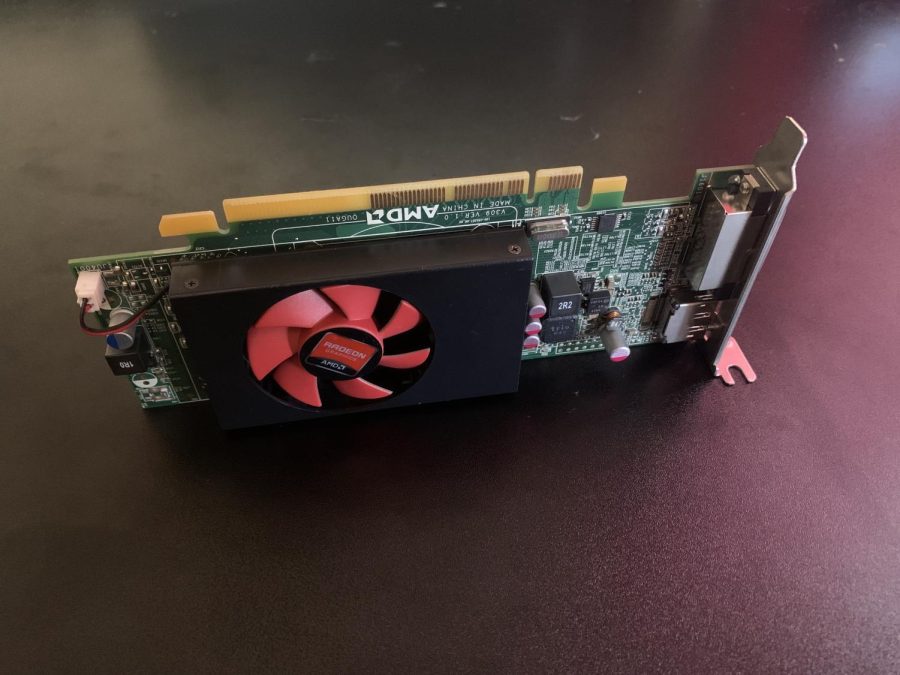Chip Shortage: What it means to you
We are all familiar with the COVID-19 pandemic and its many consequences. Currently, it’s two years later we are still dealing with its tomfoolery, such as supply chain issues.
The semiconductor industry is one of many that have experienced shortages during this time. Many everyday products in our lives use semiconductors such as automobiles, phones. and household appliances. Semiconductors are small chips that conduct electricity throughout a computer. I’m sure this shortage has affected your life in one way or another. Whether it is not being able to buy a car without breaking the bank or not being able to buy everyday items like, phones, dishwashers, dryers, etc.
With the pandemic forcing everyone to work at home, it created a much higher demand for computers to be able to perform at our jobs or at school. This wave of computer sales made some things scarce and as a result, making many products more expensive. Welcome to Economics 101. Since we were all at home for the majority of 2020, so were the chip factory workers which halted production. This is where it all begins.
The tensions between China and the U.S rising in September 2020, U.S Department of Commerce decided to restrict China’s largest chip manufacturer, Semiconductor Manufacturing International Corporation (SMIC). This put even more strain on the escalating situation.
In October of 2020, there was a fire in Asahi Kasei, a plant located in Nobeoka, Japan. This tragedy affected the entire world. Now think about that: the entire world. One single factory have an international impact. This shows how delicate and interdependent the world economy is. The three main companies that produce these chips are Taiwan Semiconductor, Intel, and Texas Instruments. There are also many others that produce a limited volume.
Furthermore, in 2021 there was a severe weather ice storm in Austin, Texas, knocking out major semiconductor plants for Samsung and NXP Semiconductors, setting back their production for months.
As mentioned earlier, semiconductors play a major role in cars today. Since there are fewer semiconductors, automobile production has been dramatically slowed or even halted. This has affected me greatly because my family can’t afford to pay for a Ford Ranger with 200,000 miles and a hefty price tag of 5,000 dollars. This is also a reality for many other American families.
While the Russia-Ukraine crisis is raging, this has made things worse. With Russia controlling 44% of the world’s palladium, and Ukraine producing 70% of the world’s neon. During the 2014-15 Ukraine Russia War, Neon prices skyrocketed like they’re doing today.
With the car companies being severely affected by this problem, some of these being Tesla and Ford. Tesla started shipping cars (Model 3 and Model Y) without USB ports. This affected cars manufactured on November 1st. The company blames it on the chip shortage, some people are skeptical of that statement. While Ford’s first quarter sales fell 17%. Ford’s vice president of sales said, “While the global semiconductor chip shortage continues to create challenges, we saw improvement in March sales, as in-transit inventory improved 74% over February. F-Series had a record 50,000 new retail orders in March, while a record 41% of our overall retail sales came from previously placed retail orders.”
As this shortage rages on, experts say we won’t see anything settling until at least the second quarter of 2022, and products being pushed back into 2023. “The semiconductor supply chain remains fragile,” Says the Biden administration.
With the advancement of technology begs the question, “What can you do to be less reliant on technology?”








Kyzyl • Apr 12, 2022 at 4:43 pm
Great article!